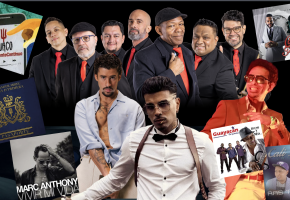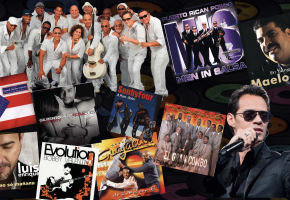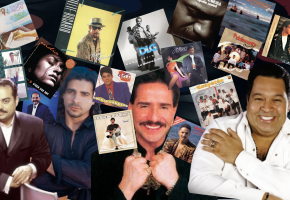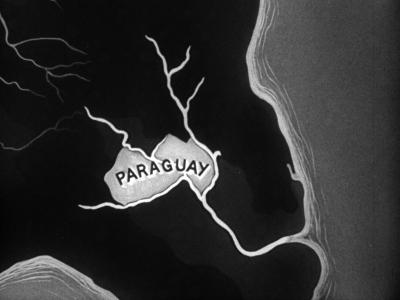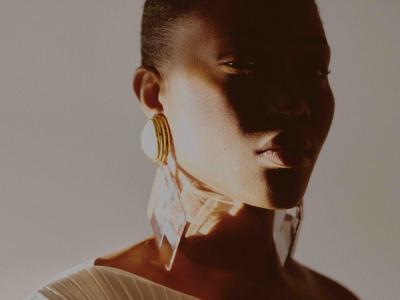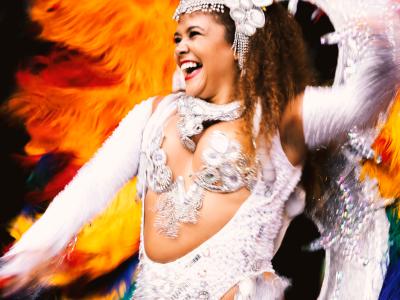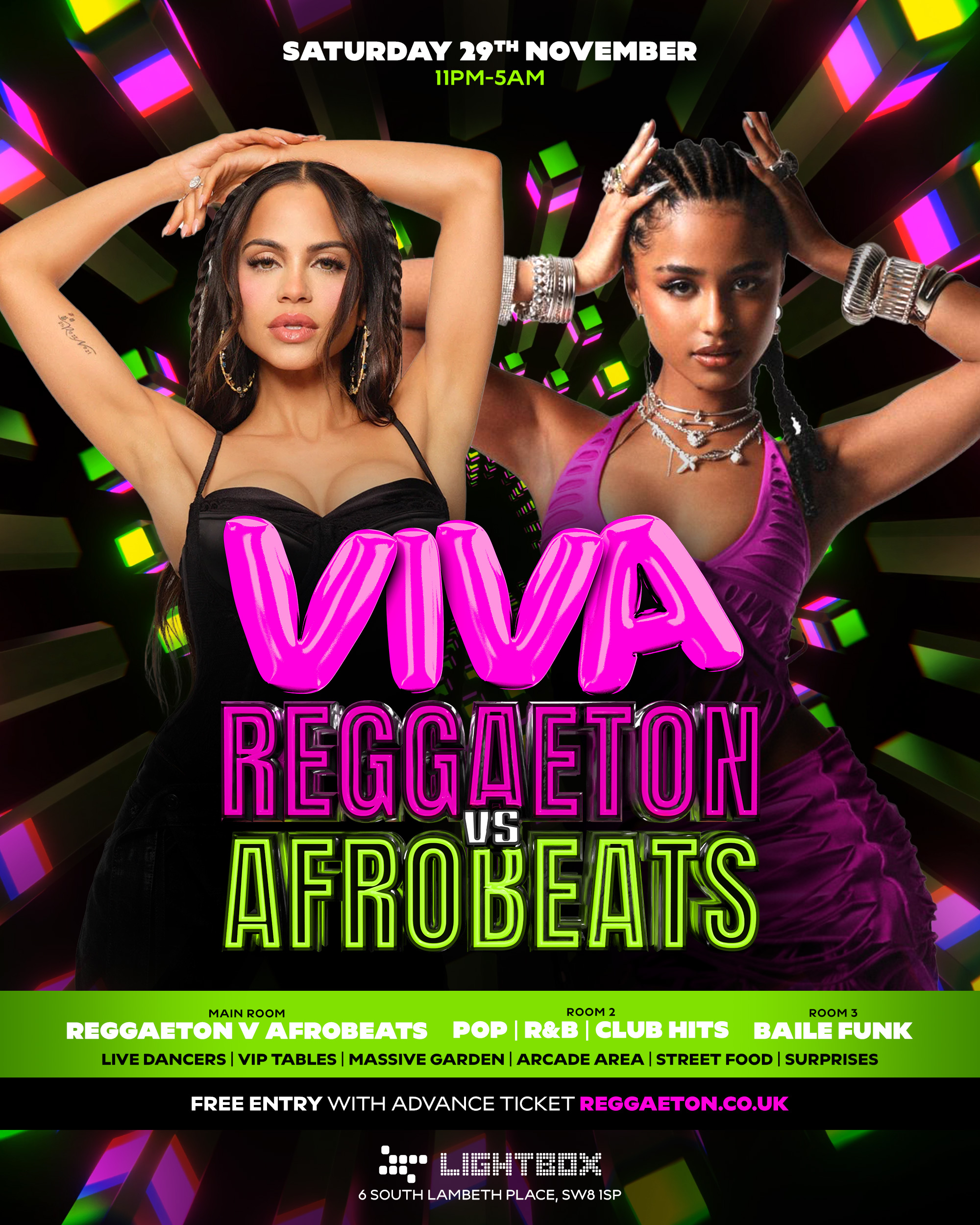Rafael was born in Santurce, Puerto Rico, in 1928, and there, surrounded by the drumming and singing of pleneros like Cornelio and Maria Teresa he learnt his trade. His homemade timbas (barrel drums) and his descargas at the beach enticed a young sonero called Ismael Rivera. For the next three decades, these close friends lived a life in which they shared the good and the bad…and the trials and tribulations of fame, alcohol, drug addiction and even jail.
Cortijo developed his own style of bomba and plena by including trumpets and saxophones, while keeping the strong traditional rhythmic base.
Cortijo’s big break came in 1954, when he was playing congas with the Mario Roman Combo and the bandleader decided to retire. This gave Cortijo the opportunity to organize his own group. He knew exactly what sound he wanted and who were the musicians that could produce it for him; Ismael Rivera joined the group in 1955.
In contrast to the big salsa bands with musicians fixed on a stage behind written musical arrangements, Cortijo’s band improvised; their arrangements minimal sketches, acting as baseline for improvisation. They played standing up, danced on stage and with the public, igniting the crowds and putting them on a par with the big bands of Machito, Tito Rodriguez and Tito Puente.
Cortijo’s sound attracted audiences around Latin America and the US. When asked why other countries so readily accepted his version of Puerto Rican folklore, Rafael said: “...African-derived drums are understood in all parts of the world. For example, I fully understand Haitian music and my music is understood in Haiti. Humble people everywhere have no problem identifying with my music because it is essentially their music.”
The Combo recorded a long series of hits, starting with El Bombo de Elena to his futuristic “Time Machine”, released in 1974. In between came many classics such as “Maquinolandera”, “Oriza”, “Perfume de Rosas”, “Tuntuneco”, “El Chivo de la Campana” and “Dejalo que Suba”.
In 1962, after Rivera was imprisoned for a drug offence, members of his combo, led by pianist Rafael Ithier, split to become El Gran Combo. More than four years passed before Cortijo And His Combo reunited with Ismael Rivera to provide accompaniment for his Bienvenido!. This was followed by another reunion in 1967 that resulted in the album Con Todos Los Hierros.
However, after years of excesses and what many deemed to be undue persecution by the Puerto Rican police, Cortijo and Ismael Rivera went to New York. Unable to settle, Cortijo returned to Puerto Rico, whereTite Curet and a friend financially helped to produce Cortijo’s album Pa’ Los Caseros and, in June 25, 1974, Coco Records sponsored a concert at the Roberto Clemente Coliseum in San Juan; bringing together the original members of Cortijo and his Combo. Participating that night were Rafael Cortijo, Ismael Rivera, Roy Rosario, MartÃn Quiñones, Rafael Ithier, Eddie Perez, Hector Santos, Mario Cora, Sammy Ayala, Roberto Roena, Miguel Cruz, and Kinito Vélez. The concert produced the album Juntos Otra Vez. The album Was Reissued In 1982 As Ismael Rivera Sonero Numero 1.
Despite magical moments like this, life back on the island never much improved for Cortijo and he died of pancreatic cancer at the age of 54, on 3 October 1982. He was honored by the common people and public leaders alike, for his contributions to music and the culture of Puerto Rico. Five years later, his lifelong friend Ismael Rivera died of heart failure.



